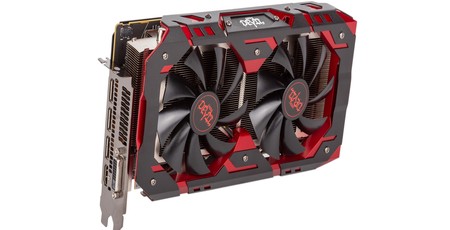
Performance Analysis
As we saw at launch, the RX 590 offers a bit more performance than the RX 580 and GTX 1060, usually in the realm of 10 to 15 percent on average depending on the exact comparison. Note that the GTX 1060 6GB we use is one with original 8Gbps memory, as we have no access to a version with faster memory. Of the three, the RX 590 is the most consistent performer and the best of the bunch; faster memory from Nvidia is unlikely to change that, especially when you look at large performance gaps in games like Deus Ex and Wolfenstein II. That said, power consumption is an area where AMD loses and loses badly.
The PowerColor RX 590 Red Devil is a monster card at 1080p, and it will deliver smooth frame rates with high or even ultra settings at 1440p too. Current-gen VR gameplay is also part of its arsenal.
However, what’s said above is going to apply to any RX 590, so the real question is how the Red Devil card performs in areas that might set it apart from other offerings.
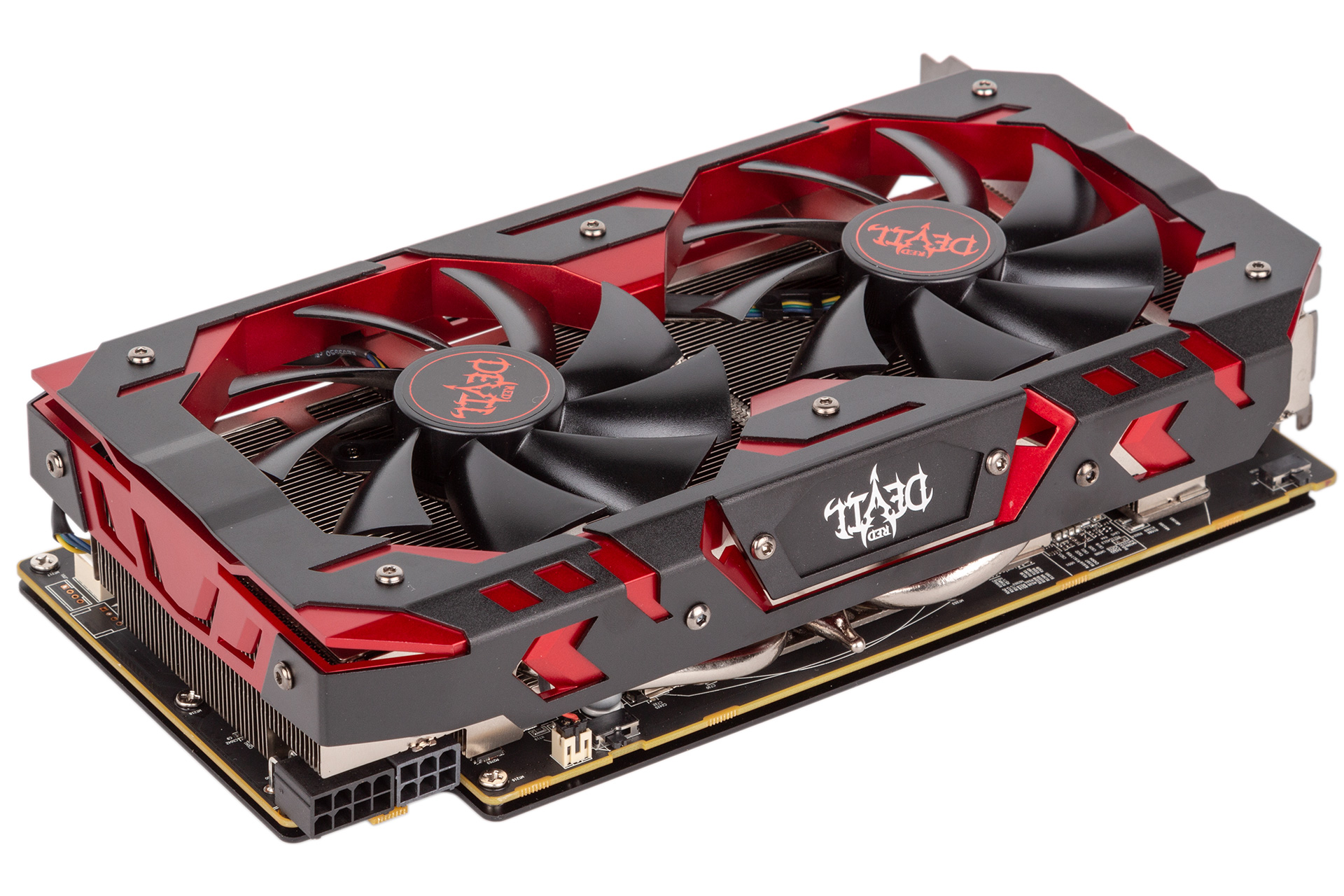
We performed all of our testing in the default ‘Ultra OC’ mode. Sadly, the behaviour here is not all that desirable. PowerColor appears to have chased low temperatures rather too aggressively. In fairness, the temperatures definitely stay low; a delta T of 41°C is mighty impressive on the surface (and 8°C cooler than XFX), but when the fans are spinning up to around 2,500 RPM to get it there, it loses its appeal. This card is seriously noisy, and the worst part is that it’s power-limited too, as the boost speed was fluctuating between roughly 1,530MHz and 1,555MHz rather than staying at the peak of 1,576MHz. XFX’s design allowed it to stay locked at 1,580MHz, and this lead to slightly better performance, although you wouldn’t notice any difference in real life. This power limit is not reflected in the power consumption graph, as it matches XFX here exactly. Finally, as mentioned, even when idle the card’s fans do not switch off if you leave it in this mode.
So, will ‘Silent OC’ mode save the card? Sadly not. Noise levels are much more respectable here, with the fans only hitting about 1,550 RPM at peak and turning off when idle. However, the temperature goes up by 12°C (now warmer than XFX), and even the new lower clock speed of 1,545MHz cannot be maintained consistently.
When manually overclocked, the card eats through power like a bear does honey, and the payoff is only marginal performance gains and even more noise.
Conclusion
The physical design of the PowerColor RX 590 Red Devil is decent; we like the nickel plating, the build quality is nice and robust thanks to a part-metal cooler shroud and backplate, and the power circuitry seems beefy enough for the card’s ambitions.

However, while the card delivers strong price-performance at £240, that’s mainly on account of it being an RX 590. Sadly, PowerColor’s Red Devil implementation, specifically how it balances power consumption, clock speeds, temperatures, and fan speed/noise, leaves a lot to be desired for reasons discussed above. So while the dual-BIOS feature initially wins the card points, it soon becomes clear that the devil is in the detail.

MSI MPG Velox 100R Chassis Review
October 14 2021 | 15:04

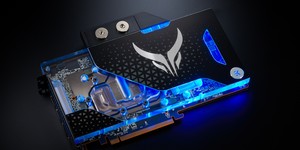
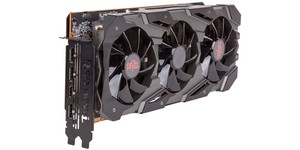
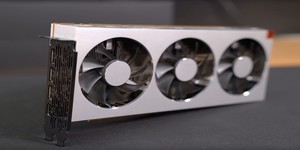




Want to comment? Please log in.